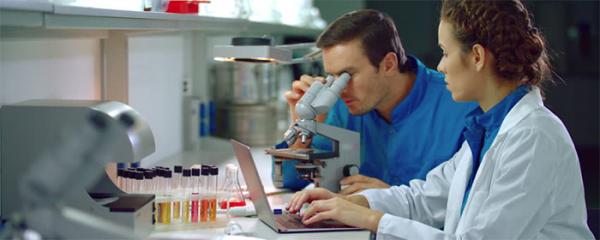NAFLD could lead to injury in other organs

Nonalcoholic fatty liver disease (NAFLD) is a condition in which fat builds up in your liver. NAFLD is one of the most common causes of liver disease in the United States. Between 30 and 40 percent of adults in the United States have NAFLD. About 3 to 12 percent of adults in the United States have NASH (a form of NAFLD in which you have inflammation and liver cell damage). [1]
Recent research found that NAFLD not only increases the risk of chronic liver diseases such as NASH, liver cirrhosis and liver cancer but also the risks for type 2 diabetes, cardiovascular diseases and more.
Scientists at the University of Tübingen found the cause for this is the altered secretion behaviour of the fatty liver. It increasingly produces glucose, and unfavourable fats and protein called hepatocyte fetuin-A, all of which it releases into the bloodstream. They also found that treating pancreatic fat cells with fetuin-A led to increased inflammation and a greater threat from immune cells, and could damage kidney function.
While having some fat contained in the liver is not harmful, it could turn into NAFLD, NASH and other types of chronic liver problem and the protein that fatty liver produces could also cause damages to other organs including pancreas and kidney.
Study author Professor Hans-Ulrich Häring said it was the effect of the fetuin-A protein that led to "pathological changes", including a restricting of kidney function. While fat tissue is not harmful in some parts of the body, within the liver, fat tissue becomes dangerous and produces fetuin-A, which elicits inflammatory processes.
- * All research and clinical data should be used as reference purposes only, results may vary.






